The first step is to find a high vantage point overlooking feeding fields and/or bedding areas. Many times you will be able to see both areas from a good vantage point. From here it is really quite easy. I take my binoculars and spotting scope with me to these places.
My binoculars are used for a wide field of view to catch deer moving. They are also easier on your eyes than looking through a spotting scope the entire scouting session. Once I find some deer I will use the spotting scope to get a better look at the bucks and even try to get pictures of them. A phone scope comes in handy for this but you can also do it well without.
From this point you look for entry and exit routes to and from bedding to feeding areas. Look for terrain features such as saddles, particular river crossing, gate openings and other funnel points. Watch the corners of the fields. Generally it seems the deer will enter the fields at the corners. I do not often see deer enter the field on the middle of a fence line. Also pay attention and note weather patterns during your scouting trips. In particular wind directions. Maybe that big buck uses one entry route only on a Northwest wind.
The other thing to keep in mind is that deer in this open country are often known to be fairly sporadic. Where you see a buck enter one day he may enter a completely different field 2 miles away another day. Same as Whitetails everywhere, some are roamers some stick to a smaller home range and pattern. In these areas there might be few trees to pick from and that can often times be to your advantage.
I will use the technique not only for Whitetails but also Mule Deer. Though Mule Deer seem to roam more, both species can be on what I call a 4 day pattern. They may not take the same path every day, but they will use that same pattern again. It may be every fourth day the buck takes that particular path but at some point he will come back by your setup. Just stick to it. You will likely even notice this if you scout for multiple days in a row.
Good Luck this season and Get out there! This time of year deer can be very patternable and susceptible to mistake. This is not only a great way to scout but it can be very fun with your friends and family members. Watching deer in their own element and nature taking its course while you watch from a distance see how they react to each other and even predators. It is a all around great time.
Hunt Smart, Hunt Hard and Hunt Safe.
Brett Kleinschmit
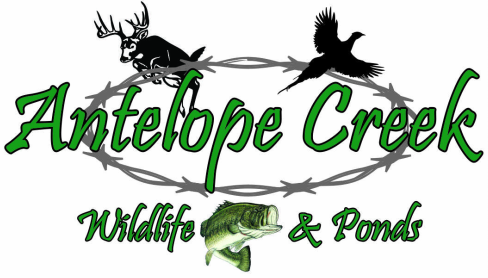
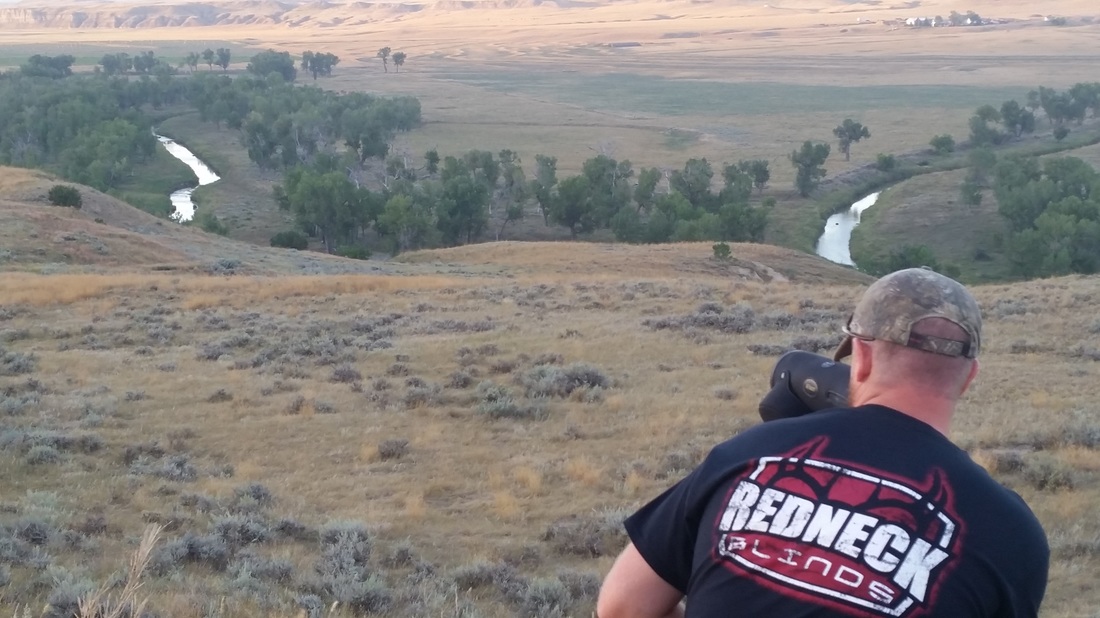
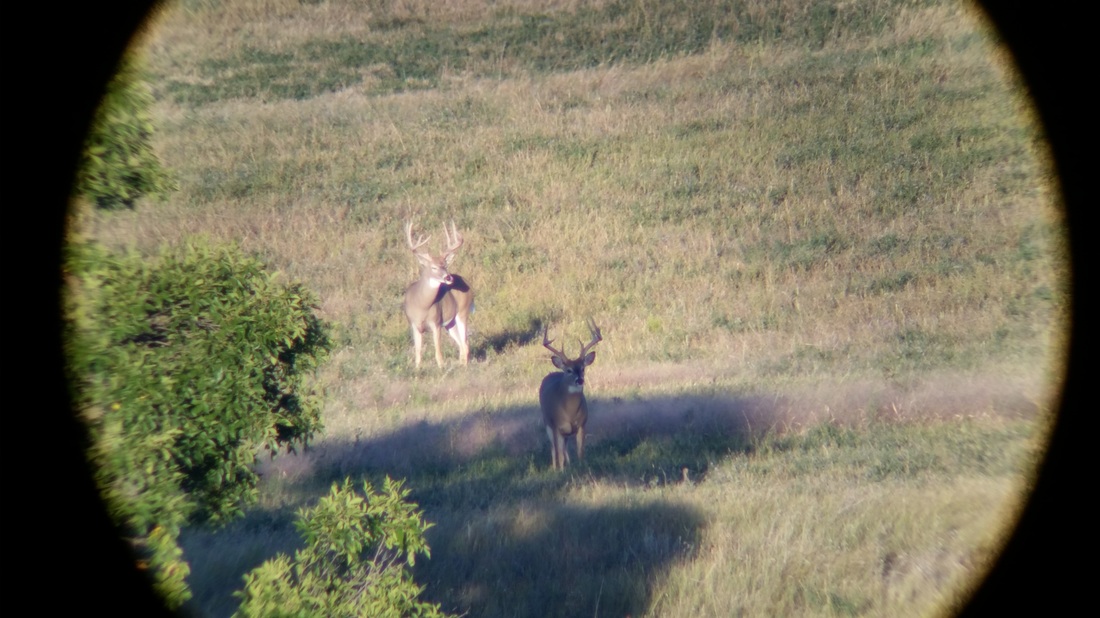
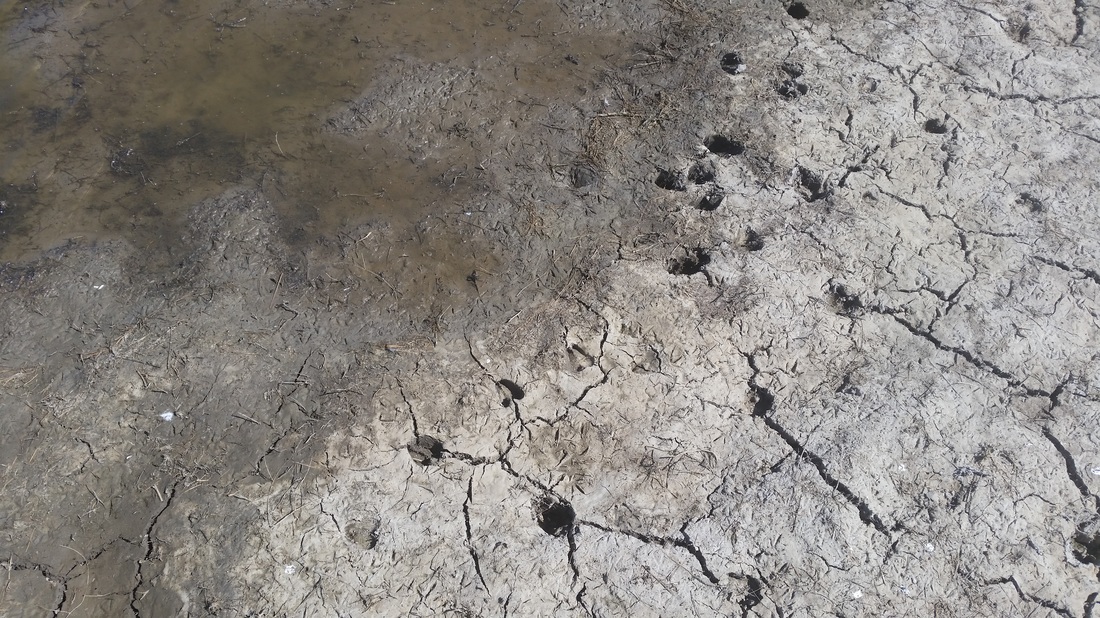
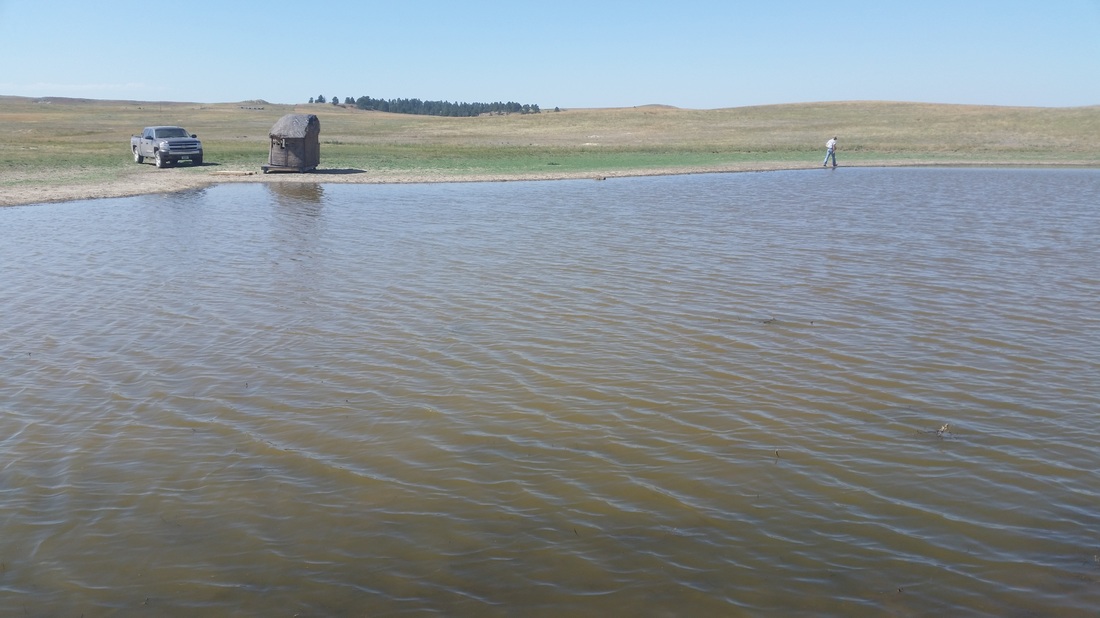
 RSS Feed
RSS Feed
